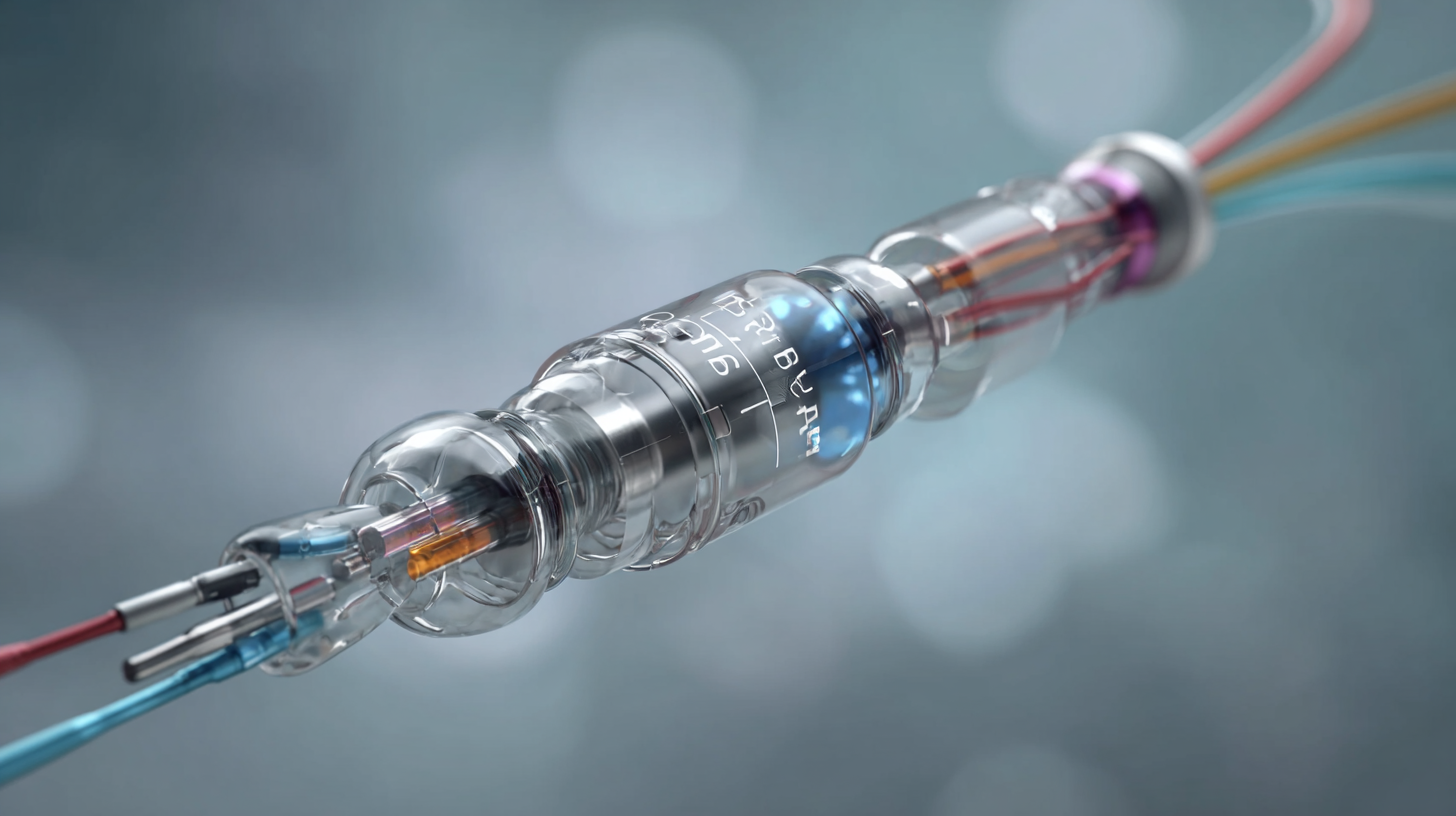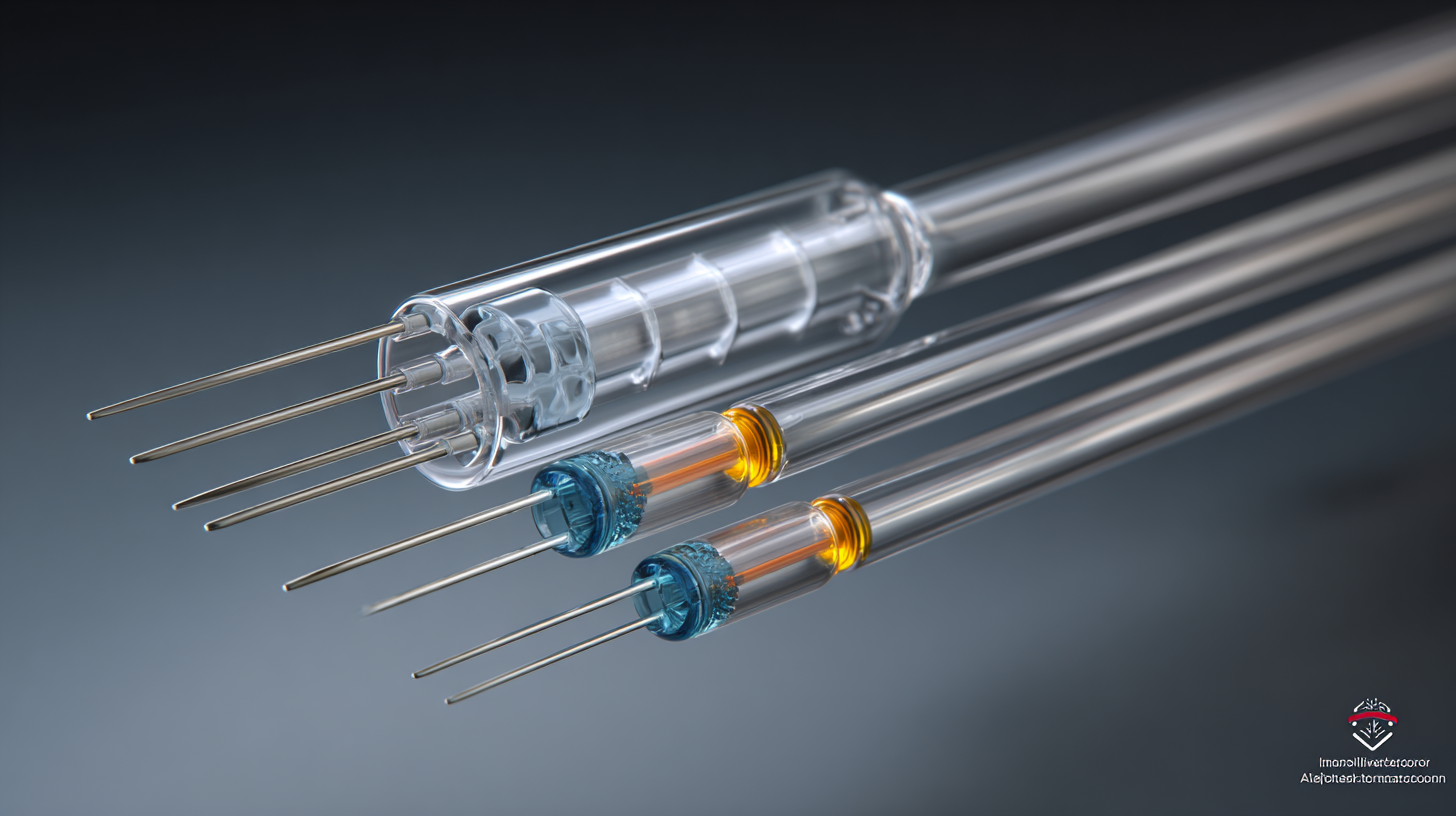The evolving landscape of medical interventions has necessitated the exploration of alternative catheter options to enhance treatment efficacy and patient outcomes. According to a recent report by Market Research Future, the global catheter market is projected to reach $52 billion by 2026, driven by the increasing prevalence of chronic diseases and advancements in catheter technologies. Specifically, "Catheters for Interventional Treatment" play a pivotal role in various procedures, offering minimally invasive solutions that reduce recovery time and improve safety profiles. As healthcare providers seek the most effective strategies for enhancing interventional treatment outcomes, understanding the latest innovations and options available in catheter design and functionality becomes critical. This blog will delve into top strategies and alternative catheter options that can optimize interventional treatment solutions, ultimately aiming to provide insights that align with contemporary clinical practices and patient needs.

Innovations in catheter design are pivotal in addressing the diverse clinical needs within interventional treatments. The recent advancements in catheter technology have paved the way for more effective and safer procedures. For instance, the introduction of novel self-centering catheters has proven to significantly aid in retrograde aortic valve crossing during Transcatheter Aortic Valve Replacement (TAVR) procedures. This innovation not only enhances procedural success rates but also minimizes the risk of complications, demonstrating the vital role modern catheters play in complex surgical interventions.
Moreover, the expanding market for angiographic catheters, estimated at USD 1,584.3 million in 2023, highlights the increasing demand for innovative solutions in interventional cardiology. The anticipated growth rate of 8.13% CAGR from 2024 to 2031 underscores the urgency for continued research and development in catheter technology. Enhanced designs, such as high-performance hemostasis valves, are crucial in improving patient outcomes and streamlining clinical workflows. As healthcare professionals embrace these advancements, the future of interventional treatment solutions looks promising, with a focus on delivering optimal care through state-of-the-art catheter technologies.
Recent advancements in biodegradable catheter technology are paving the way for more effective and safer minimally invasive procedures. With the rise of chronic diseases and an increasing focus on patient-centered care, the disposable medical catheter market is projected to grow significantly. According to market reports, the global market for disposable catheters is expected to reach over $10 billion by 2026, driven by innovations in materials and designs that enhance patient outcomes while minimizing complications.
In particular, biodegradable materials such as ultrahigh ductility Mg-Li-Zn alloys are showing promise in applications beyond traditional catheters. Studies indicate that these materials, when used in tracheal stents for pediatric airway obstructions, demonstrate not only biocompatibility but also effective mechanical properties that can adapt to the dynamic environment of the airway. Moreover, a recent multicenter randomized controlled trial showcased the safety and efficacy of fully biodegradable occluders for transcatheter closure of ventricular septal defects, highlighting the potential for biodegradable devices to provide long-term benefits without the complications associated with permanent implants.
As the healthcare industry explores the circular economy, the adoption of biodegradable catheters presents a unique opportunity. However, challenges remain in material recovery and sterilization methods, which are critical for ensuring device reusability and safety. Addressing these regulatory and economic barriers will be essential to fully realize the potential of biodegradable materials in interventional treatment solutions.

In recent years, the advancement of smart catheters has revolutionized interventional treatments by enhancing patient monitoring and safety. These innovative devices leverage real-time data transmission to provide clinicians with critical insights during procedures. According to a report from MarketsandMarkets, the smart catheter market is projected to reach $4.9 billion by 2026, representing a robust CAGR of 13.5% from 2021. This growth highlights the increasing recognition of the need for integrated technologies that can improve patient outcomes.
Utilizing smart catheters allows for continuous tracking of various physiological parameters, such as pressure and temperature, significantly enhancing the precision of interventional procedures. By employing these smart systems, healthcare providers can detect anomalies in real time, which can lead to quicker interventions and better management of complications. A study published in the Journal of Interventional Medicine reported that procedures utilizing smart technology resulted in a 30% reduction in patient complications.
Tip: When considering catheter options, ensure that the device you choose offers advanced monitoring features that adhere to the latest safety standards. Additionally, training on the effective use of these smart technologies can maximize their benefits and improve overall procedural outcomes. Engaging with manufacturers for demonstrations can also provide insights into the practical advantages of smart catheter systems.
The evolution of catheter technologies is significantly shaping the landscape of cardiovascular interventions. Recently, a comparative analysis has emerged focusing on the effectiveness of conventional catheter materials versus novel alternatives, particularly in complex scenarios such as severe coronary artery calcification. Techniques such as intravascular lithotripsy (IVL) are making headlines as they offer new solutions for challenges posed by calcified lesions that traditional percutaneous coronary intervention may struggle to address. This highlights a crucial shift towards optimizing catheter designs that can enhance treatment outcomes for high-risk patients.

Moreover, the assessment of sheathless guiding catheters in transradial interventions underscores the potential benefits of innovative materials and techniques. Studies indicate that sheathless approaches might reduce complications and improve patient comfort, paving the way for more effective and less invasive interventions. As breakthroughs continue in catheter technology, the medical community is positioned to redefine standards of care, ultimately leading to improved patient outcomes and greater advancements in cardiovascular treatment methodologies.
As the landscape of interventional treatment evolves, the focus is shifting towards personalized catheter solutions that cater to individual patient needs. Traditional one-size-fits-all approaches often overlook the unique anatomical and physiological variations present in patients. By embracing advanced technologies, such as 3D printing and biocompatible materials, healthcare providers are now capable of designing catheters that closely align with specific patient profiles. This tailored approach not only enhances the effectiveness of interventions but also minimizes complications and promotes quicker recovery times.
Furthermore, the integration of data analytics and imaging techniques into catheter design is paving the way for innovative interventional strategies. By utilizing patient-specific imaging data, medical professionals can develop catheters that optimize venous or arterial access, ensuring smoother navigation through complex vascular territories. As these personalized solutions gain traction, they stand to transform the landscape of interventional procedures, offering patients improved outcomes and a more comfortable experience during and after treatment.
TradeManager
Skype
VKontakte

